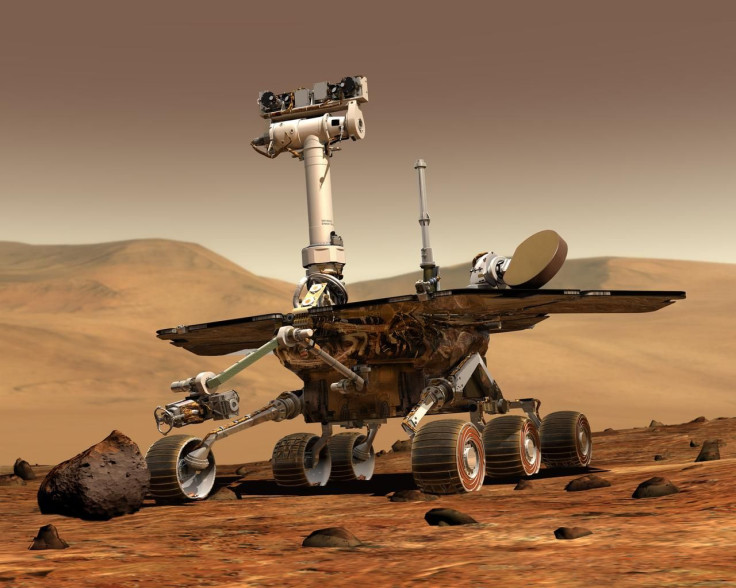NASA Chief Affirms That New Moon Landing Will Lead To Mars Mission

In discussing the benefits of agency’s forthcoming Space Launch System (SLS), NASA administrator Jim Bridenstine affirmed that the same technology being developed to return humanity to the moon will also allow for a mission to Mars. The SLS technology is being developed at facilities in Louisiana and Alabama, where Bridenstine recently visited to meet with workers.
“This rocket will send astronauts aboard our Orion spacecraft to the Gateway under the Artemis program,” Bridenstine said of SLS. “Our new deep space transportation system is the backbone for lunar surface exploration and will pave the way for human exploration of Mars.”
Bridenstine claims that the SLS would represent that most powerful rocket in the world once completed. The SLS is part of NASA’s ongoing “Artemis” project, which aims to put astronauts on the Moon for the first time since 1972 and establish a permanent presence on the lunar surface. Part of this presence will be the “Lunar Gateway,” a refueling and docking station, which will serve as a waypoint for a future mission to Mars. The station will also include a habitation module, which NASA will develop with commercial partners.
The plan for Artemis is to demonstrate launch capabilities by 2022 and to land astronauts on the Moon by 2024.
“Following feedback from industry on our draft human lander solicitation, which closed earlier this month,” Bridenstine said. “We are targeting a formal request for lander proposals by the end of summer and targeting awards by the end of this year to design, develop and demonstrate this system.”
© Copyright IBTimes 2024. All rights reserved.





















